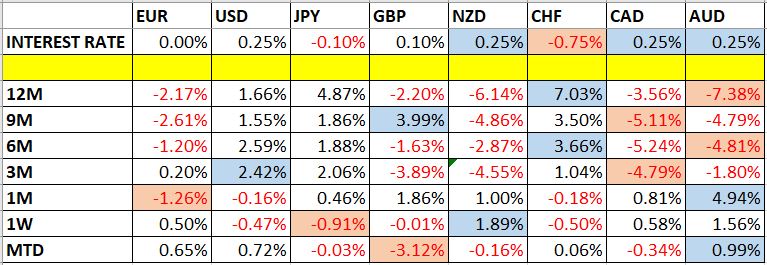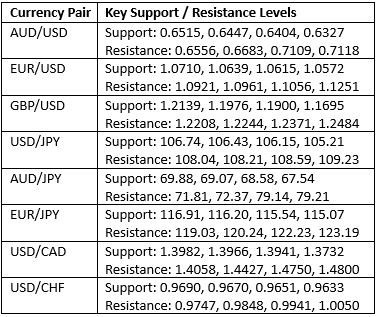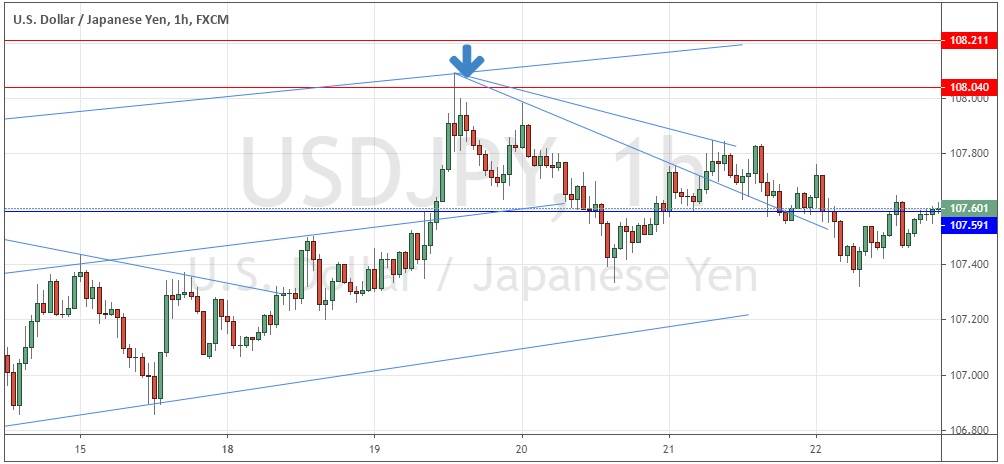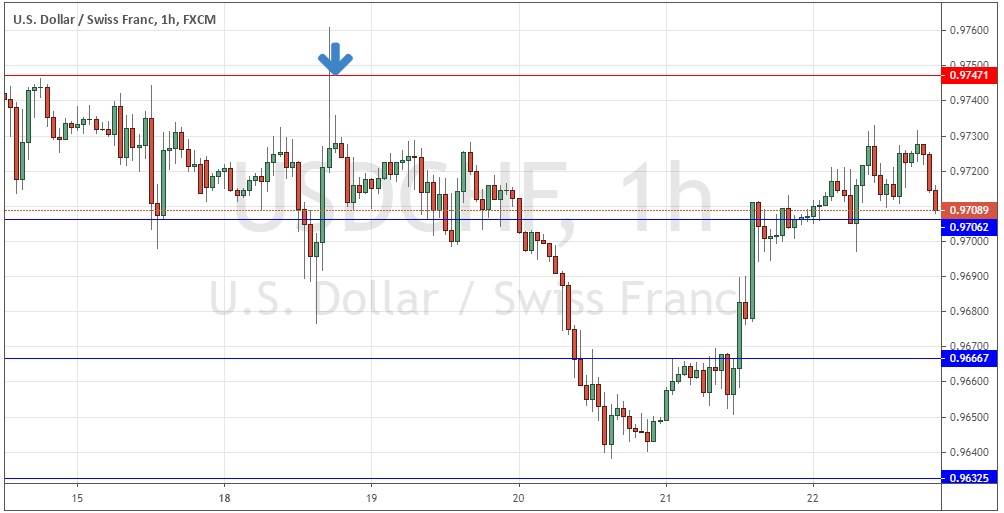This week we’ll begin with our monthly and weekly forecasts of the currency pairs worth watching. The first part of our forecast is based upon our research of the past 16 years of Forex prices, which show that the following methodologies have all produced profitable results:
- Trading the two currencies that are trending the most strongly over the past 3 months.
- Assuming that trends are usually ready to reverse after 12 months.
- Trading against very strong counter-trend movements by currency pairs made during the previous week.
- Buying currencies with high interest rates and selling currencies with low interest rates.
Let’s look at the relevant data of currency price changes and interest rates to date, which we compiled using a trade-weighted index of the major global currencies:
Monthly Forecast May 2020
For the month of May, we forecasted that the best trade would be short USD/JPY. The performance so far is shown in the table below:
Weekly Forecast 24th May 2020
Last week, we made no forecast, as there were no recent and strong counter-trend movements.
This week, we forecast that the NZD/JPY currency cross is likely to fall in value.
The Forex market is showing a similar level of price activity compared to the previous week, with 52% of the important currency pairs and crosses moving by more than 1% in value over the past week. Volatility is likely to remain at a similar level over the coming week.
Last week was dominated by relative strength in the New Zealand Dollar, and relative weakness in the Japanese Yen.
You can trade our forecasts in a real or demo Forex brokerage account.
Previous Monthly Forecasts
You can view the results of our previous monthly forecasts here.
Key Support/Resistance Levels for Popular Pairs
We teach that trades should be entered and exited at or very close to key support and resistance levels. There are certain key support and resistance levels that can be watched on the more popular currency pairs this week.
Let’s see how trading two of these key pairs last week off key support and resistance levels could have worked out:
USD/JPY
We had expected the level at 108.04 might act as resistance, as it had acted previously as both support and resistance. Note how these “flipping” levels can work well. The H1 chart below shows how the price rejected this level just as last Wednesday’s New York session got underway (a great time to find reversals in USD currency pairs) turning bearish with double inside candlesticks breaking down at the down arrow signaling the timing of the turn. This trade has been profitable, achieving a maximum positive reward to risk ratio of approximately 2 to 1 so far based upon the size of the entry candlestick.
USD/CHF
We had expected the level at 0.9747 might act as resistance, as it had acted previously as both support and resistance. Note how these “flipping” levels can work well. The H1 chart below shows how the price rejected this level at about the time of last Monday’s London close, turning bearish right away with a pin bar / inside bar candlestick combination marked by the down arrow signaling the timing of the turn. This trade was profitable, achieving a maximum positive reward to risk ratio of approximately 2 to 1 based upon the size of the entry candlestick.






